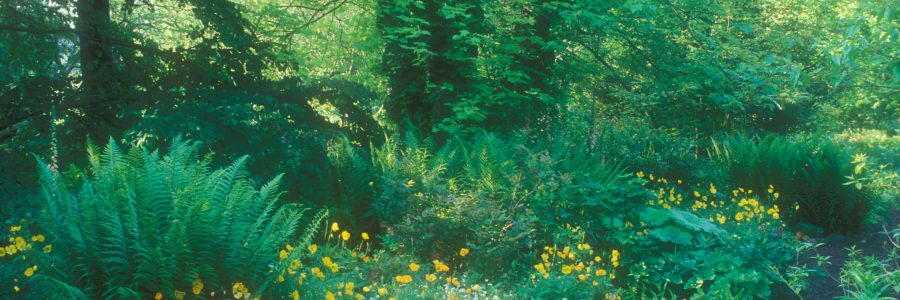
The man who knew everything! The letters of John Stevens Henslow (1796-1861)
175 years ago John Stevens Henslow started lobbying for a Botanic Garden in Cambridge. After twenty years of effort, his work bore fruit and led to the garden still enjoyed by thousands every year. Now, his correspondence is available online for the first time on Epsilon, a nineteenth-century science letters platform, as Professor John Parker (Director of Cambridge University’s Botanic Garden between 1996 & 2010) tells us…
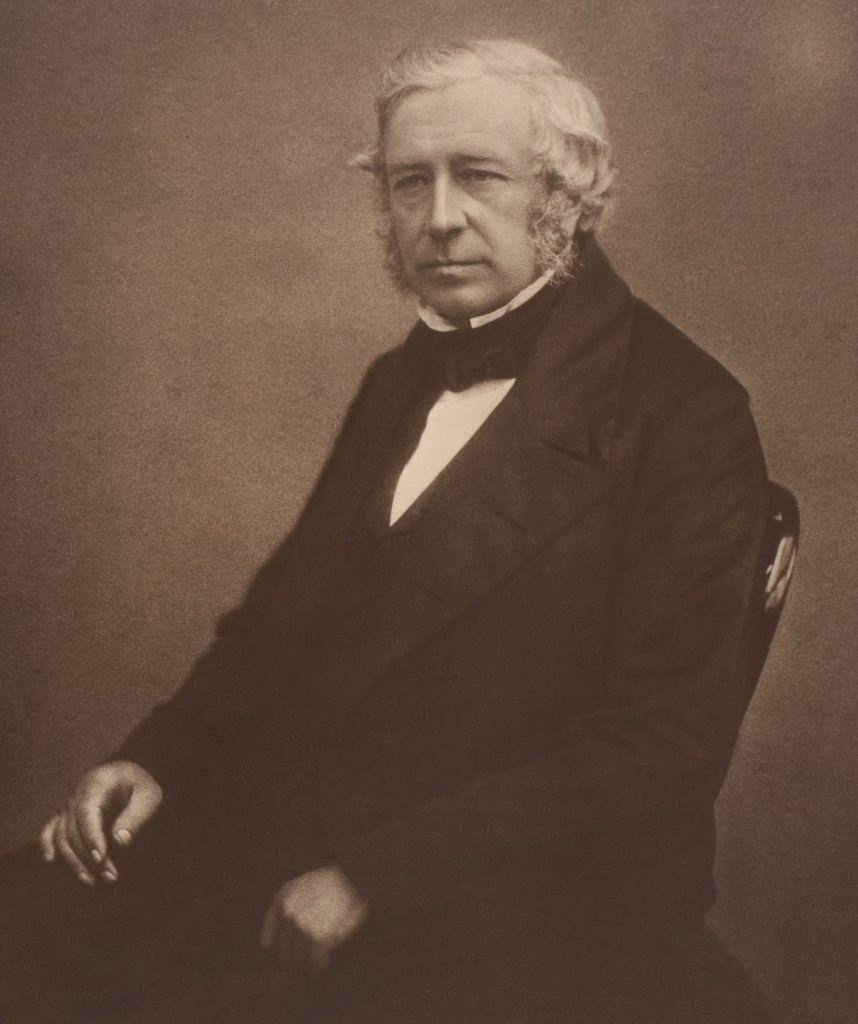
The launch of the Henslow Correspondence Project on the Epsilon website is the culmination of many years of work promoting this legacy. The transcription of the Henslow letters started about fifteen years ago with those held at the University Library, and has proceeded in fits and starts since. We have now located and transcribed about 1030 letters presented here in Epsilon. Created by the Darwin Correspondence Project, Epsilon is an online resource that aims to gather together the letters of key scientific figures from the nineteenth century on a single searchable digital platform. So far, we have focused on letters addressed to Henslow, but we are now attempting to track down any written by him scattered amongst the world’s archives. The first publication of Henslow Correspondence was in 1967 when Emma Nora Barlow (neé Darwin), aged 82, published all 121 letters between her grandfather and Henslow. She wrote that these letters had ‘an increasing importance in building up the structure of (Darwin’s) thought’. The letters preceded the much larger endeavour of the Darwin Correspondence Project and the broader ‘Darwin Industry’, but Nora Barlow’s collection reads like a novel and is still fascinating.
Henslow was initially pointed out to young Darwin at Christ’s College as ‘the man who knows everything’. For Henslow, the interaction with Darwin led to a life-long friendship. This friendship was of great significance to Darwin’s development and was fundamental to key events – the voyage of the Beagle and the 1860 Oxford Museum debate, which Henslow chaired in his old age.
The correspondence reveals Henslow’s rich life – his scientific studies of plants, geology, agriculture and antiquities, his role in the government and modernisation of Cambridge University, his engagement with Catholic emancipation and the slave trade, his religious beliefs, his commitment to universal education for all ages and classes locally and nationally, and his concern for the wellbeing of the rural poor. Henslow’s life spans two highly contrasting locations. He was based in Cambridge from his arrival as an eighteen-year-old undergraduate in 1814 until 1839 when he was an established professor with a wife and five children. He then uprooted his family from ‘Gothic Cottage, Regent Street’ and spent the rest of his life as the rector of a poor, deeply rural, parish in Hitcham, Suffolk, where he remained until his death in 1861. His time in Suffolk was marked by a deepening interest in his adopted county, notably the working and living conditions of the local people. Yet despite complete commitment to his duties as rector, he retained his botany Chair and botanical teaching, attending Cambridge every May until the last year of his life.
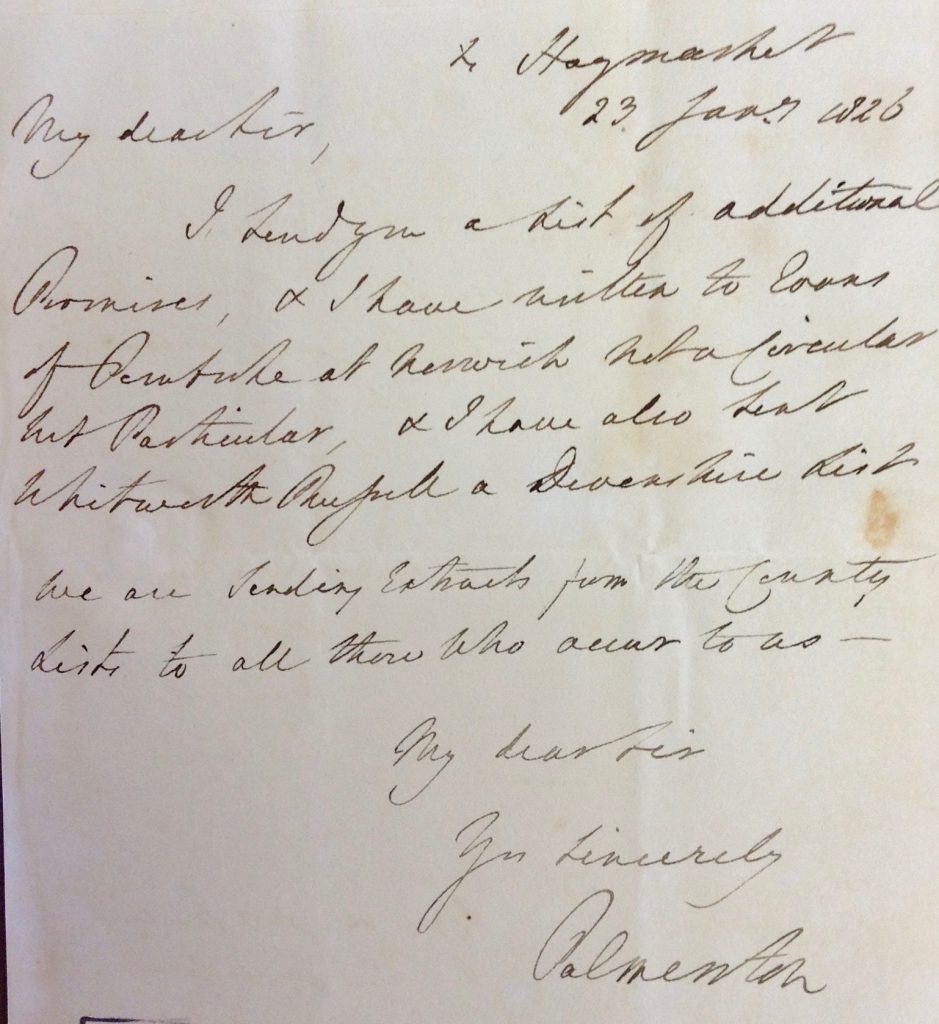
Henslow gave his enormously valuable herbarium to the University. The jewels in the crown are Darwin’s Beagle plants, a present for Henslow, who was ill equipped to assess their significance in the way that Darwin wished. The Correspondence Project letters record the transfer of the specimens to Joseph Hooker, already a botanist with knowledge of global flora. In 1843 they are addressed formally, but change to ‘your’s affectionately’ following Hooker’s marriage to Henslow’s daughter Fanny. Henslow’s letters are now kept in the Department of Archives & Modern Manuscripts at the University Library. Henslow treated his 1820s letters in an obsessive, almost nerdish, way. He numbered them in date order and carefully stuck them into a leather-bound book, including an index at the back! About 150 index entries are lined through in pencil, with ‘D.T’ alongside. These letters have been removed. The reason for this reflects Henslow’s personal history, and the ways in which manuscript collections can become fragmented and dispersed. Henslow was a professional friend of William Jackson Hooker, Professor at Glasgow and subsequently Director of Kew, and they became connected by marriage when Fanny married Joseph. The ‘D.T’ in Henslow’s index refers to William Hooker’s father in law, the banker and collector Dawson Turner of Great Yarmouth. Turner was an avid collector of autographed letters. Henslow clearly offered his letters book to Turner who naturally chose 150 from the great and good. Turner fell on evil times, and his collections were auctioned in London in 1859. Due to Henslow’s insertion of the initials ‘D.T’, we know what we are missing!
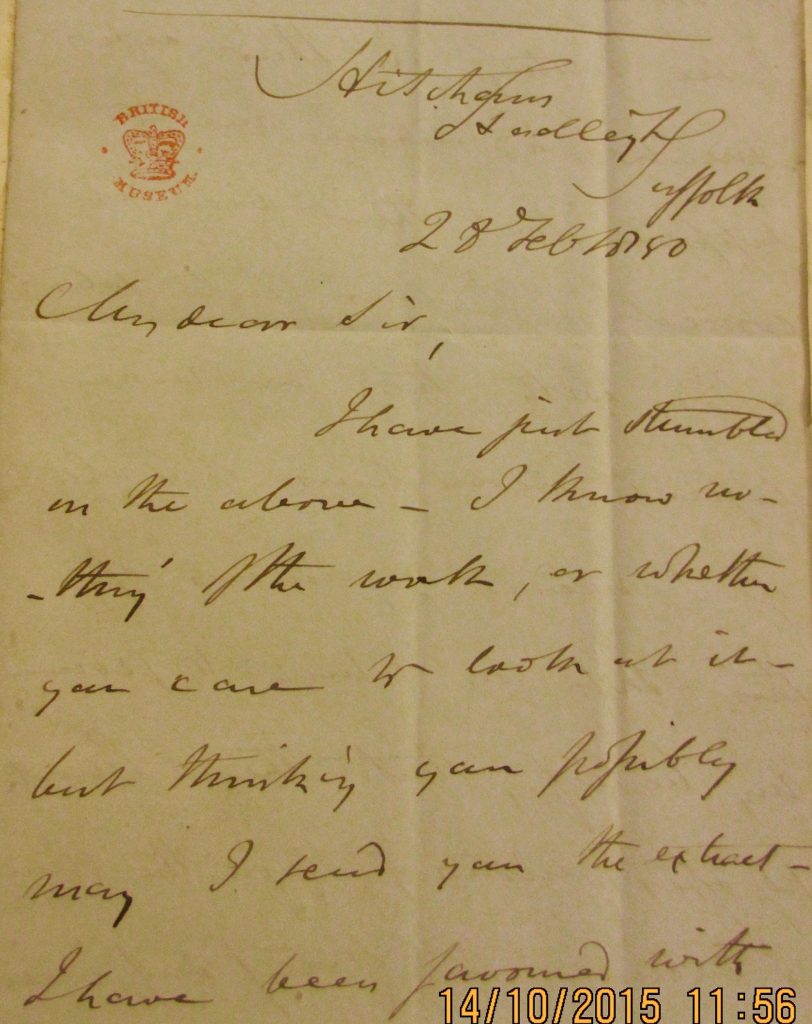
Later, Henslow kept important letters by sender, with an annotation, which have also been found dispersed in global archives. Images of two such letters were sent to us by the Librarian of the Public Library at Dunedin in South Island, New Zealand! They arrived there through Sir Alfred Hamish Reed (1875-1975), High Commissioner in London, who was a collector of unsorted bundles of autographed letters in the 1920s and 30s. He later deposited them in Dunedin as the ‘Alfred & Isabel Reed Collection’.
We have so far discovered 294 Henslow correspondents. These include prominent ‘scientists’ such as Robert Brown, William Buckland, William and Joseph Hooker, John Lindley, Charles Lyell, Richard Owen and William Whewell. There are also plant collectors with whom he exchanged specimens to build up his British Herbarium – Nathaniel Winch in Newcastle, William Wilson in Warrington – and amateur geologists with great expertise in fossil plants, such as James Bowerbank in Manchester.
After graduation, Henslow was anxious to find like-minded spirits in Cambridge to share his interests in natural history. He met Leonard Jenyns in 1818, an undergraduate at his College, St John’s. This proved to be life changing for Henslow: he had discovered a naturalist friend, and in 1823 married Leonard’s sister, Harriet. Leonard, also a lifelong friend of Darwin, deposited his scientific correspondence and papers with the Bath Royal Literary and Scientific Society. He also established a long and close friendship with Adam Sedgwick, Professor of Geology at Cambridge for fifty-five years, with whom he exchanged several letters.
Our letters cover many other aspects of Henslow’s life. He was in constant correspondence with William Carpenter as a member of the Senate of the newly founded University of London, and with John Phillips concerning the British Association for the Advancement of Science. He gave his religious views to Postmaster Rowland Hill about Sunday working for postmen! Letters from John James Audubon concern Henslow’s help with selling two copies of his amazing Birds of America in Cambridge, now one of the world’s most valuable books.
In 1826 Henslow played a key role in University politics, acting as ‘local agent’ for Lord Palmerston at the Parliamentary Election. The University was entitled to two Members, and Palmerston won one of the seats in 1826. Remarkably, he was the last non-Tory Member of Parliament for the University up to the abolition of the two-seat privilege in 1950 (barring a one year period in the 1920s when the Liberal J. R. M. Butler sat).
Henslow retained about 195 letters from the election campaign. They give a day-by-day account of how an election was fought before the 1832 Reform Act – touting daily for votes, urging supporters to visit Cambridge for the ballot and organising transport to help get them there. Henslow continued his involvement in Whig politics; Darwin complained during the 1831 election that Henslow was impossible to pin down, since his mind was otherwise occupied!
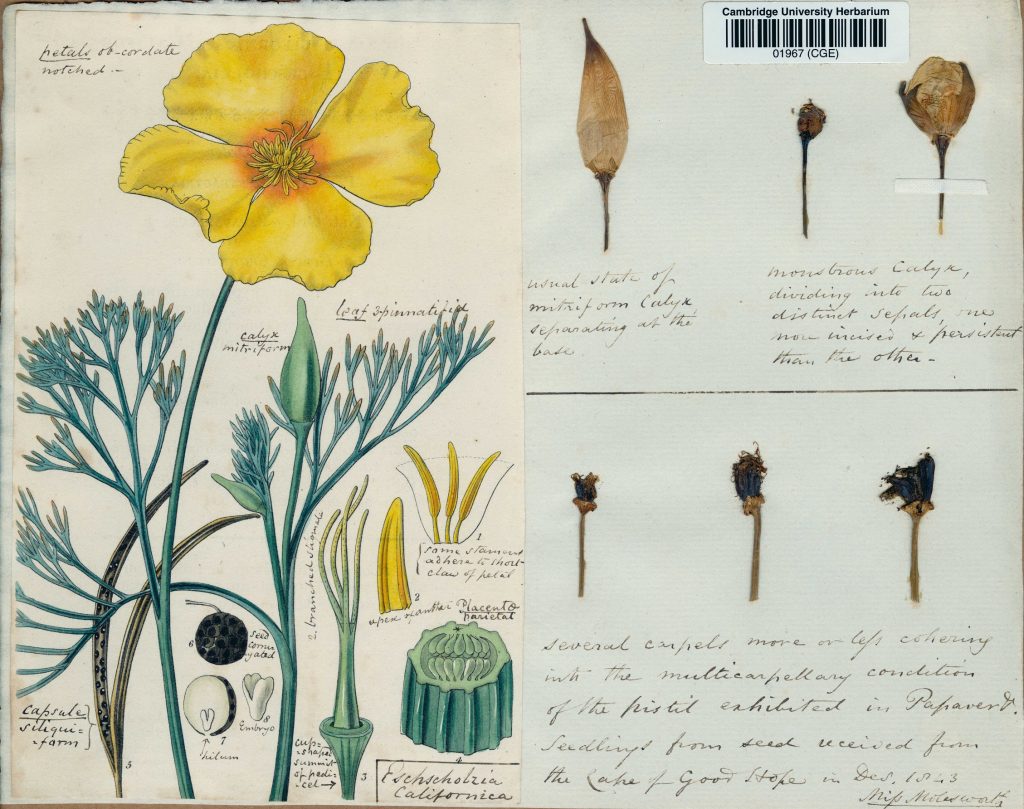
Our collation of Henslow’s correspondence continues. There are letters concerning the founding of Ipswich Museum, which we look forward to viewing in due course. The Dawson Turner sale letters may continue to turn up, since they were probably purchased by enthusiasts whose collections have been dispersed amongst archives. We are confident that there is still a great deal of correspondence still out there, to be discovered in the archives and are always grateful for pointers to ‘new’ letters!
With the launch of the Henslow Correspondence Project on Epsilon we hope to encourage more publicity and research opportunities. Already the correspondence has been used as part of a Python course on Natural Language Processing set up by Dr Mary Chester-Kadwell, a Senior Software Engineer based at the University Library. The course is available on GitHub here.
Henslow’s correspondence traces the phases of a complex life. The letters from the 1820s are concerned with his new approach to botany and to the University. By the end of his life in 1861 his letters reveal he was disturbed by Darwin’s ideas in the Origin, and by the antiquity of humans as he attempted to reconcile the problems of flint tools (celts) in their geological context with his religion. It is sad that he did not live to communicate with, and challenge, his friend Darwin and his son in law Joseph Hooker in the continuing evolution of their revolutionary ideas. Enjoy ‘walking with Henslow’, through his beautiful Botanic Garden, and through his life in these varied letters.
